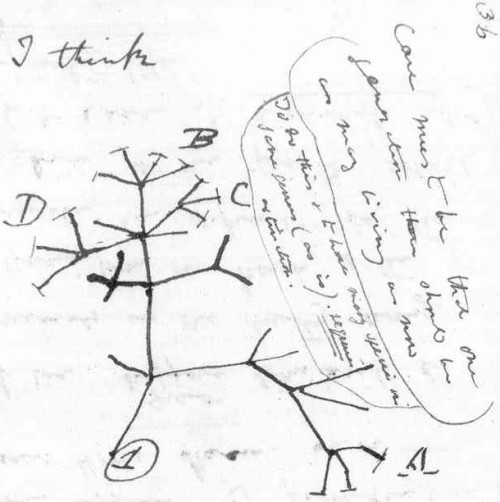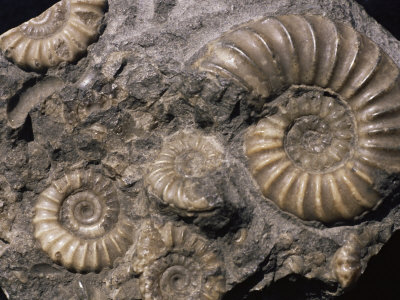With about five weeks until the final end-of-year examination for VCE Biology on Friday 31st October (9.00am to 11.45am), you still have time to prepare an effective study timetable that will assist you to achieve your best result. It is important to balance your commitments at this time of year and avoid getting stressed and anxious, because that won’t help your revision process. You may like to consider some of the following ways to support your exam revision:
Much of your success in this subject will depend on your knowledge of scientific terms, definitions and concepts and how to apply these concepts in new situations. Spend some time identifying key knowledge in each Area of Study, perhaps using the Exam Revision Audit I sent around recently. I have sent a link to a collaborative Google Document for you to complete a specific section, so that the whole class will have a set of online study notes. Please add some information about the concept, an example and a link to more information for each term.
Quizlet is an online tool where I have created sets of terms and definitions for each area of study. You can use these Quiz sets in different modes (Learn, Flashcards, Scatter, Quiz etc) and edit them to add your own terms.
- Unit 3: Biological macromolecules (Britt Gow)
- Unit 3: Cell membranes and organelles (Britt Gow
- Unit 3: Detecting and Responding (Mr Flattery)
- Unit 4: Heredity (Mr Flattery)
- Unit 4: Evolution (Phillip Koops)
Mindmaps are great to connect different terms and concepts. Create your own using lots of colour to group ideas. Try completing this mindmap about the evidence for evolution. The benefit for learning is in creating your own – the colour and movement stimulate your brain to remember the text. You can also create them online using Bubbl.us and other free software.
Slideshare is an enormous resource with many of my teaching resources uploaded. You can find slideshows on almost any topic and there are several specifically for VCE Biology revision.
- Unit 3: Area of Study 1: Biological macromolecules, Cell membranes and organelles
- Unit 3: Area of Study 2: Detecting and Responding
- Unit 4: Area of Study 1: Heredity
- Unit 4: Area of Study 2: Change over time, Human Evolution
Past Exams are available on the VCAA website, but be aware that there is only one example (2013) of the current format – (120 minutes) with 30 multiple choice questions (worth 1 mark each) and 90 marks worth of short answer questions. Keep working hard and contact me by email, Twitter (@brittgow) or phone if you need assistance.


